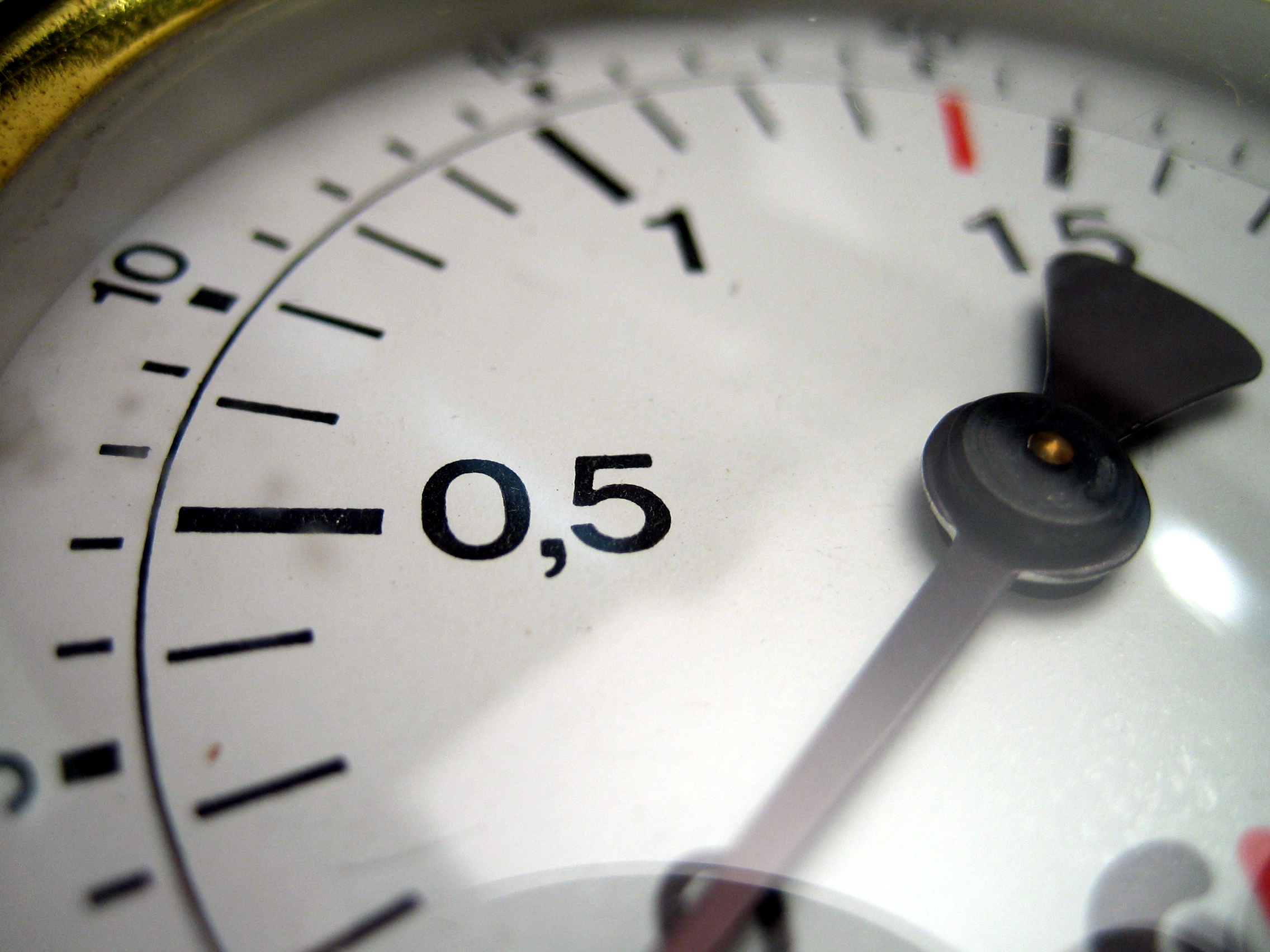July 2011, Vol. 238 No. 7
Features
New Measurement Tech For Lab, Field Pressure Recording

Chart recorders, deadweight testers and analog pressure gauges have been stock tools of the gas pipeline trade for decades. Each device brought several advantages technicians needed, so all three became common, despite the drawbacks they came with. Now reference recorders are available to replace all three with a single instrument.
Reference recorders are available as a battery-operated field unit or in a rack-mountable laboratory version. Devices such as Crystal Engineering’s nVision unify the recording capability of a chart recorder, the high accuracy of a deadweight tester, and the continuous measurements of a pressure gauge into one tool that is easier to use and less expensive.
“On their own, none of these features are unique, but when you put them all in the same device and make it cost-effective, you end up with something really useful,” said Jim Pronge, manager for Crystal Engineering.
Though simple data loggers have existed for years, Pronge noted that “improved micro-processors allow today’s reference recorders to read and record faster and more accurately than ever before.”
A reference recorder reads the output from modules which may detect pressure, temperature, current, or voltage – and stores it in its digital memory. These modules are usually interchangeable, and recorders generally accept two inputs at a time. In addition to their compact size, these devices offer several improvements to their bulky predecessors.
Chart recorders were originally patented in 1915 and use ink pens mounted on pivoting arms to produce a graph on a moving, paper chart. The primary advantage is their ability to record for extended periods in remote locations. Chart recorders may be battery operated or entirely mechanical (requiring no external power), allowing them to operate in the presence of flammable materials.
To use the recorded data when a chart is full, the graph must either be interpreted manually by a technician or scanned and processed by a computer. While an experienced user can read the output from a chart recorder in the field, data normally takes several days before it becomes available. Additionally, the accuracy of a chart recorder depends on changes in ambient conditions, as well as on the thickness of the pens – which may cause an error up to 1% of the recorded reading.
A reference recorder, by contrast, makes its data available immediately as a digital export and records with higher accuracy. Many reference recorders are also rated Intrinsically Safe for use in the presence of flammable materials. “Some units even provide a screen for the user to zoom and pan across his dataset,” said Pronge.
Deadweight testers are primarily laboratory instruments. They produce a reference pressure by placing calibrated masses onto a piston of known area. The operator may need to select from a different set of masses for each unit of measure he works with (ie. one set of weights for psi, another for kPa).
In a stationary, regulated environment, deadweight testers may serve as a highly accurate, primary standard for calibrating other pressure measurement devices. Field versions also exist but, outside the lab, their accuracy depends on a host of factors.
A field deadweight tester must be perfectly level in order to deliver an accurate reading. Additionally, the technician must account for ambient temperature, humidity and local gravity. Without these adjustments, the accuracy of a field deadweight tester may be no better than a common pressure gauge. Even with these compensations, a field deadweight tester cannot actively detect or record changes in pressure – it only offers an accurate reference for comparison.
To improve on a deadweight tester, a reference recorder serves a dual-purpose. First, it stores its readings continually, with read rates up to 10 times per second, allowing the operator to record an entire test from start to finish; second, it acts as a consistent, accurate reference, even for field calibrations.
Modern reference recorders are unaffected by local gravity or humidity, and produce their accuracy via a proprietary mathematical algorithm that corrects for ambient temperature. Their accuracy ranges from 0.025% of the indicated reading at lower pressures, to 0.1% of reading up to 10,000 psi.
“One of the technologies we’ve made great advances in is Active Temperature Compensation,” said Pronge, referring to Crystal’s name for their temperature correcting algorithm. “A good reference recorder’s accuracy should not change with temperature across its operating range. This is where recorders vary widely. The best manufacturers will provide proof of their accuracy claims with a calibration certificate from an accredited lab, showing test data at different temperatures.”
Pressure and temperature gauges are common and exist in countless forms. Some even offer storage capacity. These will remain useful for years to come because of their portability, customizability, and affordable cost. Typically, their drawback is their fragility and limited pressure range.
According to Pronge, “Linearity and ruggedness are the two most important features of any pressure gauge. Many digital pressure gauges would be useful across a much larger pressure range, if their sensors were more linear and predictable. Also, many gauges have sensors that continue to take readings which appear accurate, even after they were damaged by overpressure.”
Reference recorders overcome these limitations by accepting different modules to address various pressure ranges. Within each range, a good recorder will show better linearity and accuracy than most pressure gauges. Additionally, the silicon sensors in reference recorders stop working completely if they sustain damage, and may offer an overpressure limit several times their published maximum.
Reference recorders offer a reliable improvement over the decades-old technology commonly seen in the gas pipeline industry. Replacing chart recorders, deadweight testers, and older pressure gauges with reference recorders helps gas companies reduce their equipment costs, training time, and operator error.
Author
Patrick Klima is a technical writer at Crystal Engineering in San Luis Obispo, CA.





Comments